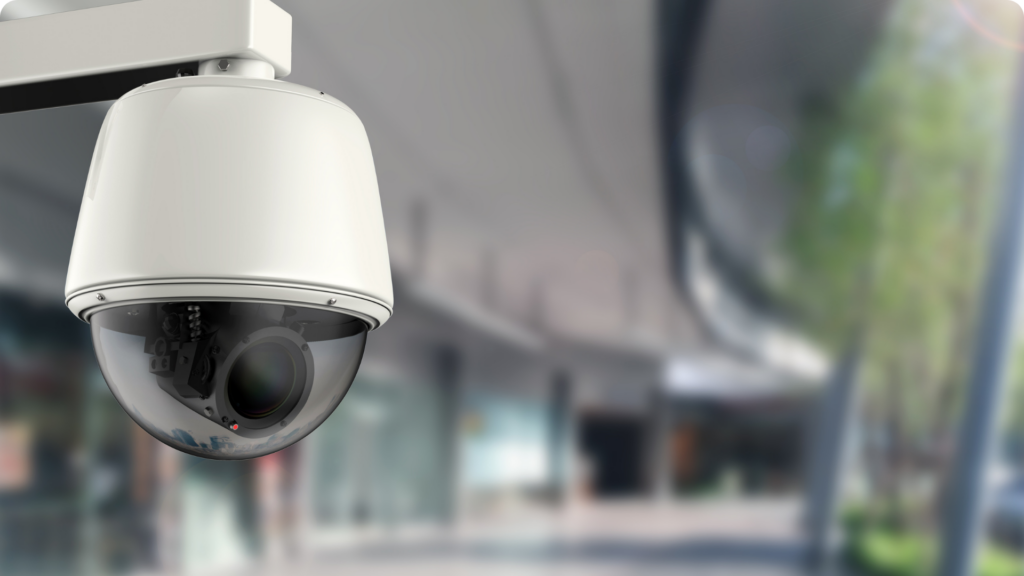
One of the most significant benefits of surveillance cameras in public places is the way they support unified city-wide security plans. These public-private partnerships help to make our cities safer by providing law enforcement with the information they need to investigate and deter crime. This safe city movement is growing, and we’re likely to see far more areas implement such programs in the years to come.
The Benefits of Surveillance Cameras in Public Places For Investigating Crimes
Surveillance is the cornerstone of a unified city-wide security program. We can see an example of the power of surveillance with the investigation of the 2013 bombing of the Boston Marathon. Surveillance footage from multiple area businesses was used to find the suspects and apprehend them. Without that footage, it likely would have been impossible to pick out the two suspects from the thousands of individuals attending the event.
This footage allowed FBI agents to track the suspects at each of the locations where bombs were left. It also allowed them to monitor their strange behavior, like how they lingered near the explosions when most were running away from them. Of course, in this instance, the agents were dependant on the business owners to turn over their footage. However, unified city-wide security programs make this process much simpler.
Detroit’s Project Greenlight is a prime example of how this works. Through this program, participating businesses install high-definition cameras that feed directly into police headquarters. Law enforcement can see the entire neighborhood and respond to crimes faster. The police department reports a 23% reduction in violent crime across all participating businesses, which highlights the potential of such programs.
Laying the Foundation for a Unified City-Wide Security Plan
One of the things driving the increased adoption of unified city-wide security is access to new technology. Today’s business owners have access to more affordable surveillance cameras and powerful internet connections to stream data, and cities should take advantage of this availability as well. Meanwhile, law enforcement has shown a willingness to dedicate personnel for monitoring footage and responding to incidents. As such, safe city programs are poised for massive expansion. Business owners who’d like to take part in these programs as they become available should:
- Inventory of existing surveillance devices. These programs require high-definition cameras. As the footage could eventually become evidence in a court case, it’s important that images are clear and well lit. Also, as businesses rarely replace all their cameras at once, it’s possible there will be devices which work with the program while others won’t. Companies should know the types of cameras they have on hand to determine how much they’d have to invest to participate. Integrators should offer automated software that will give you access to all devices at all times.
- Evaluate the existing surveillance layout. In some cases, it’s possible to significantly improve a camera’s ability to capture images just by changing its angle. Any business that wants to participate in a unified security program should know the full layout of their surveillance infrastructure as well how it can be improved.
- Establish sufficient internet support. An internet connection is required to participate in a unified program, and it must be fast enough to support continuous, real-time streaming. Detroit’s Project Green Light requires a minimum download of 50 Mbps and upload of 10 Mbps to participate, and this is a reasonable standard for this type of activity.
Businesses that want to take part in a unified city-wide security plan should consider meeting with a security integration specialist first. This preparation allows them to create a full inventory and blueprint they can later use to join programs in their area. The benefits of security cameras in public places are extensive, but the most prominent is how they’re making cities safer overall and assuring their communities that they care.

